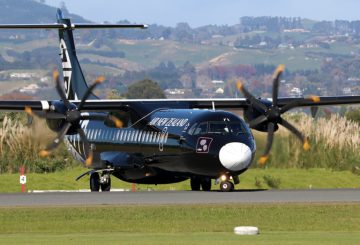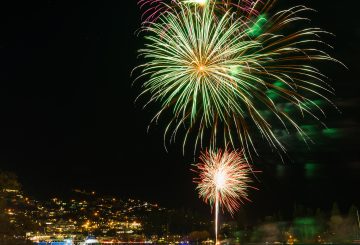자동차 서비스가 필요하신가요?오일을 얼마나 자주 교체해야 할까요?타이어 점검 방법을 아세요?
자동차 서비스를 건너뛰어도 괜찮을 것 같지만 그건 실수입니다.자동차 정비사 그랜트 워터스 (Grant Waters) 는 대부분의 주요 자동차 문제는 사람들이 정기적으로 자동차 서비스를 받지 못하기 때문에 발생한다고 경고합니다.
어떤 사람들은 최대 5년 동안 정비를 하지 않아 엔진에 오일이 거의 남지 않습니다.이로 인해 심각한 손상이 발생하고 수리 비용이 많이 들 수 있습니다.서비스는 브레이크액, 엔진 오일, 필터, 벨트, 브레이크 및 타이어와 같은 필수 부품을 점검합니다.
냉각수를 확인하려면 라디에이터 냉각 탱크를 살펴보세요.최소 및 최대 레벨에 대한 표시가 있습니다.이 사이에 두세요.냉각수는 엔진 과열을 막아주지만 누출되거나 막힐 수 있습니다.2년마다 또는 60,000km 후에 냉각수를 교체하십시오.
오일 점검을 하려면 오일이 가라앉을 때까지 10~15분 동안 차량의 시동을 끄십시오.계량봉을 사용하여 최소 마크와 최대 마크 사이의 레벨을 확인하십시오.수치가 낮으면 알맞은 오일을 주의해서 넣으세요.오일과 필터는 10,000km마다 또는 적어도 일 년에 한 번은 완전히 교체해야 합니다. 시간이 지남에 따라 오일의 유효성이 떨어지기 때문입니다.
자동차 배터리 수명은 약 4~6년입니다.색상을 확인하세요. 녹색은 양호, 검정색은 무난하며, 흰색은 교체가 필요합니다.장거리 운전을 하면 배터리 수명을 연장하는 데 도움이 될 수 있습니다.
타이어 압력은 중요합니다. 문 안쪽에 정확한 공기압이 있는지 확인하세요.스페어 타이어도 항상 점검하세요.차량 유형에 맞는 타이어를 사용하면 연료를 절약하는 데 도움이 됩니다.
운전 습관도 중요합니다.안전 거리를 유지하고 부드럽게 가속하여 연료를 절약하세요.
자동차를 한동안 사용하지 않을 경우 차량 등록을 3개월에서 12개월 동안 보류하는 것을 고려해 보세요.추가 규정 준수 점검을 피하려면 연말 전에 갱신하는 것을 잊지 마세요.






























































